Dr La Daana Kanhai on a voyage to stem the tide of environmental pollution

Growing up in Tortuga, a village perched on the Central Range in Trinidad, Dr La Daana Kanhai never envisioned that the sea, placid as the Gulf of Paria would appear from that distance, would become so central to her life’s work. Spending her early years surrounded by the green of sugarcane fields, teak plantations and cocoa estates, this early-career marine scientist has travelled from the Caribbean Sea to the North Pole, researching the impact of humans on the marine environment – and that impact is worth discussing with greater urgency than ever before.
From November 29-December 8, Kanhai sailed from Antigua to Aruba aboard the SV TravelEdge as part of eXXpedition’s all-female Round the World Voyage.
The fourth leg of this global journey allowed the international crew of scientists, explorers and more to sample the Caribbean Sea for evidence of microplastics not just in surface waters, but also in sub-surface waters and coastal sediments.
Microplastics are plastic particles smaller than five mm. They can be found in every environmental compartment on planet earth, they are persistent (take a long time to break down) and they pose a threat to organisms in the environment. Kanhai’s PhD studies in Ireland and the UK (2015-2018) focused on microplastic pollution, which followed her MPhil studies at the University of the West Indies where she also focused on pollution, of a different kind – chemical contamination in the Caroni swamp.
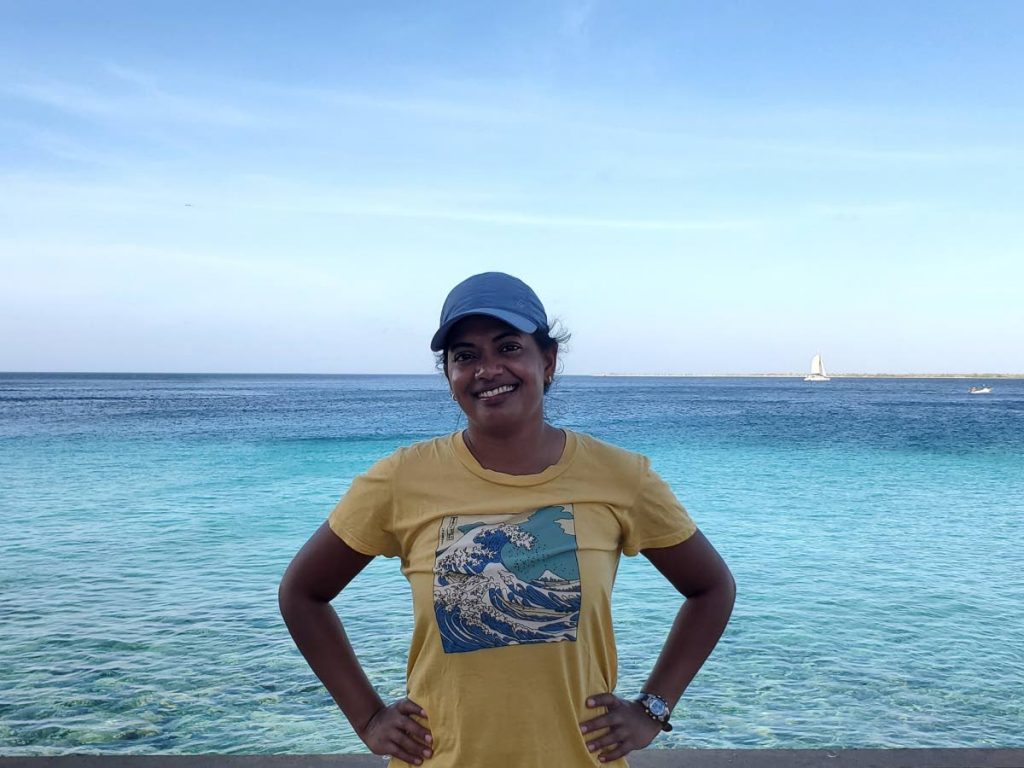
“I think I naturally gravitated to the field of environmental pollution after my first degree in environmental and natural resource management and chemistry. After volunteering and working at the Pointe-a-Pierre Wild Fowl Trust, I realised the importance of communicating the findings of science to the general public,” she told WMN. "If scientific research is not being communicated to the public where the masses have the ability to change habits and find solutions, then we are missing a key step.”
Kanhai is keen to ensure that vital information gleaned in her career is shared and easily accessed by the public – particularly with regard to plastics – and thus has spoken about the issue at several public events across the country.
“When I started in this area of study, I was starting from ground zero and thus had to do a lot of reading to find out about the knowledge gaps. In 2015, I was onboard the German icebreaker RV Polarstern for the PS95 expedition. We journeyed from Germany to South Africa and that was the first time I sampled for microplastics in the Atlantic Ocean. In 2016, another opportunity arose,” she noted. That one was with the Swedish Polar Research Secretariat – into the Arctic Ocean.
“They were seeking proposals from young scientists, so I brought it to the attention of my PhD supervisor, Dr Ian O’Connor. It was obvious that we needed more research in this area so I worked on the proposal and within a few weeks, I was accepted. I completed a training week in Sweden and then went on board icebreaker Oden for six weeks.”
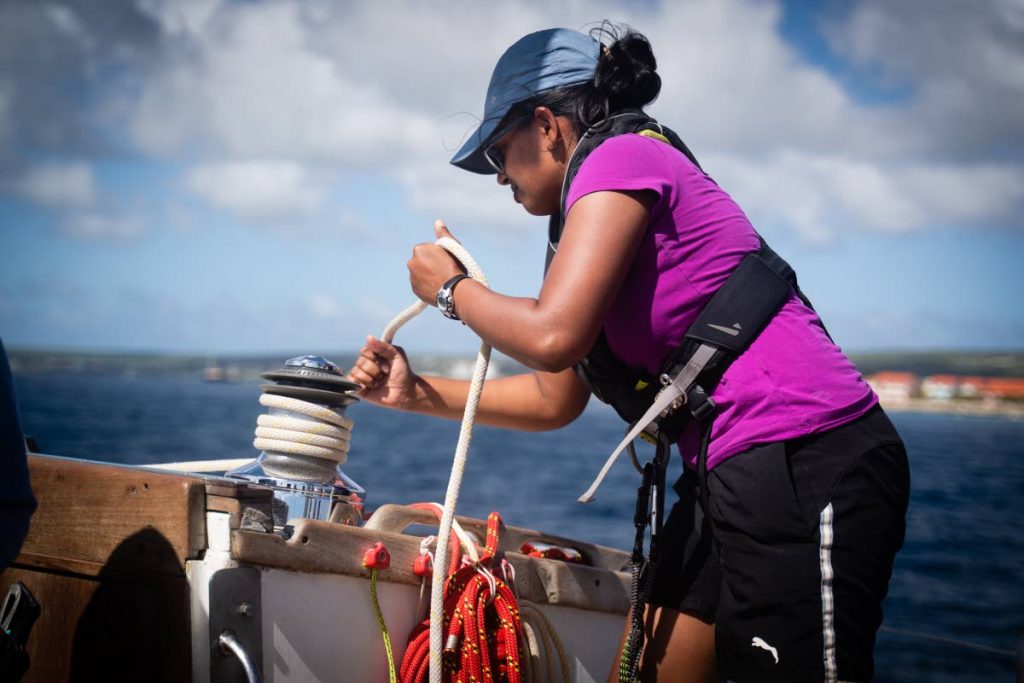
Kanhai, as a result, became one of the first TT nationals to reach the North Pole, in August 2016.
“The Arctic Ocean is such a remote place. Yet it’s a changing ecosystem where we are seeing the impact of several anthropogenic factors, including the impact of global warming and the melting of sea ice. But we are also finding microplastics in Arctic waters and sea ice.”
Her study on microplastics in sea ice from the Arctic Ocean, currently under review by an international journal, is only the third in this field and shows that sea ice in the Arctic has been acting as a sink for microplastics and can also act as a secondary source for these particles when the ice melts.
But why should we care?
The answer to that is reflected in her work closer to home, on chemical contaminants in the Caroni Swamp.
“The Caroni Swamp, Trinidad’s largest mangrove swamp, is home to hundreds of species, some of which are commercially important (oysters, crab, fish), as they are consumed by humans.
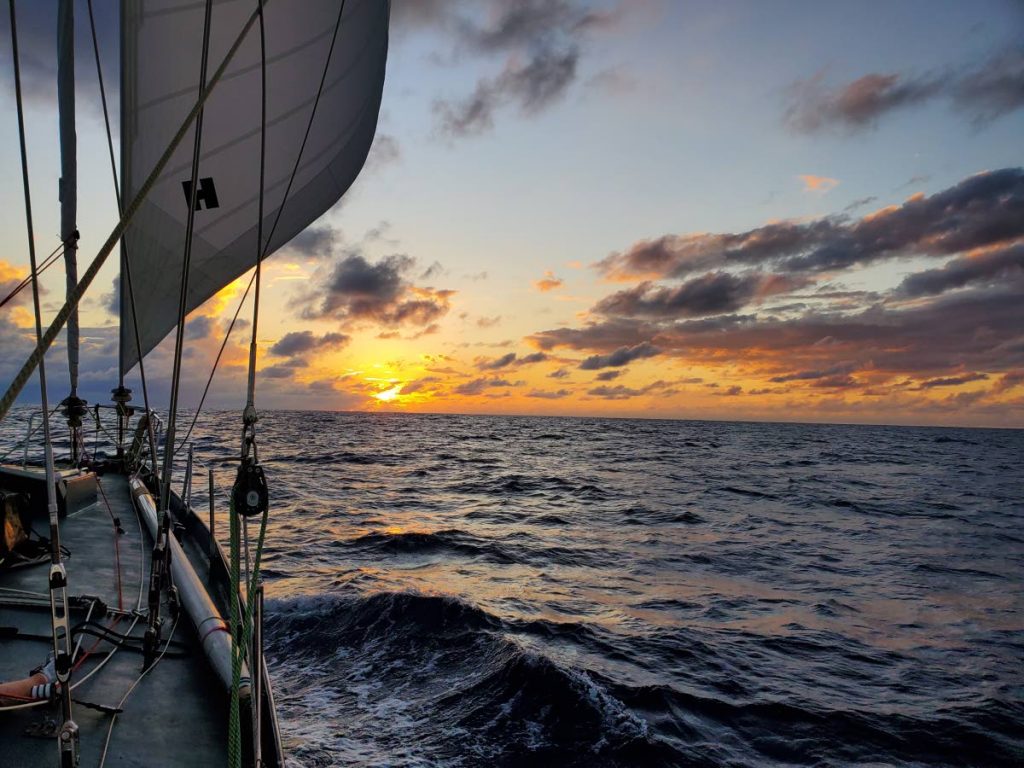
"This wetland is located within the Caroni River Basin and any contaminants that are discharged into the watercourses of this basin may eventually make their way to the Caroni Swamp. The organisms that live in the Caroni Swamp may uptake these contaminants and, if consumed by humans, may pose a threat to human health.
"This means that our actions on land are very much linked to the marine environment. Although contaminants are sometimes out of sight, they should not be out of mind, due to the negative impacts that they may pose to human health or ecosystem wellbeing.”
What about the masses, who have the power to take individual action?
“We need to be careful when thinking about solutions. Just because something is not plastic, is it really better for the environment?
"One example is the compostable products that are currently being marketed as an alternative to plastic. Most of these products can only break down in industrial composting facilities. In TT, such facilities are not yet available. When consumers use these products, the products end up in regular waste and are sent to landfills, where they will not break down in the manner that they’re being marketed to.
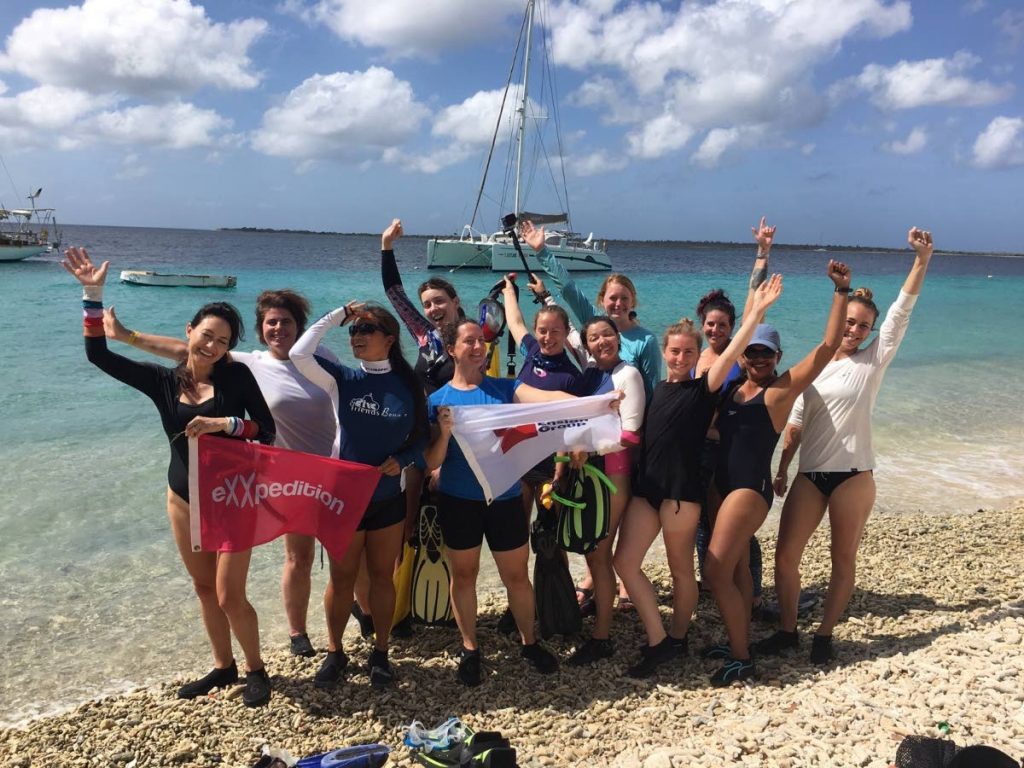
"What about the oxo-degradable plastics?
Additives in these products cause them to break down at a faster rate than plastics. However, when some of them break down, they will create microplastics in the environment. We need to be really careful when proposing solutions,” Kanhai explained. (Oxo-degradable plastics
are neither a bioplastic nor a biodegradable plastic, but instead, contain an additive in order to imitate biodegradation. Oxo-degradable plastics quickly fragment into microplastics, which then remain a problem.)
Getting the information into the right hands – in particular, the youth of our country – is one of the things she is most passionate about, and this is reflected in the choice of her career after her studies – as an instructor at UWI.
Since January 2019, she has taught courses such as marine ecology and oceanography, coastal ecosystems and resources management and environmental impact assessments. In 2019, she was nominated as the country representative to UNEP’s Scientific Advisory Council on Marine Litter and Microplastics.
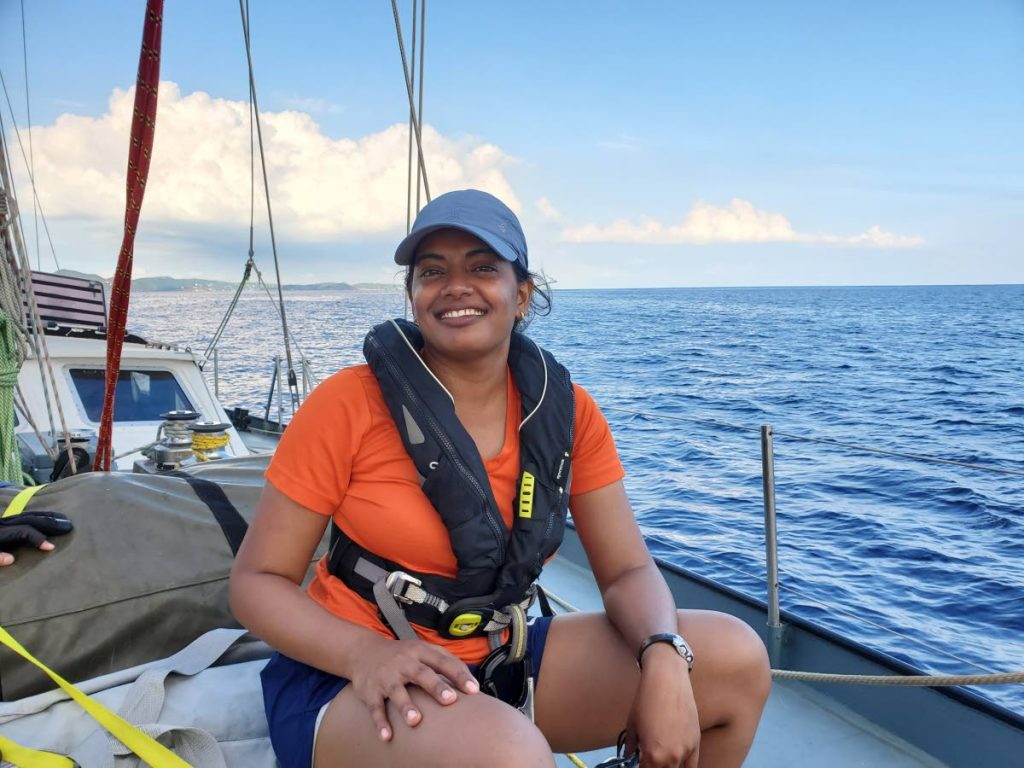
Empowering youth and women is also something that Kanhai is passionate about. In her home church/region (Ebenezer Presbyterian Church), she spends her time working with these groups.
“At Ebenezer, one of our success stories for 2019 was being able to partner with Refugio (an NGO) and their English teachers to support eight weeks of free English classes for Venezuelan migrants.”
This multi-faceted approach to living a holistic life, a life of service, was something instilled in the 33-year-old from her earliest days as a student at Naparima Girls' High School. There, she said she tried her hand at several of the school’s extracurricular activities such as Girl Guides, guitar, public speaking, eco-activism, and swimming.
“Today, I am neither a great swimmer nor a guitarist in a band. But it was important to try because that’s the only way you’ll figure out what you love to do. And when you find that thing, as my parents encouraged me so many years ago, you ought to pursue it.
"My next foray into trying new things would be to learn scuba diving, as I am in the field of marine science, after all. But I’ve also committed myself to yoga for at least a few minutes each day.”


Comments
"Dr La Daana Kanhai on a voyage to stem the tide of environmental pollution"